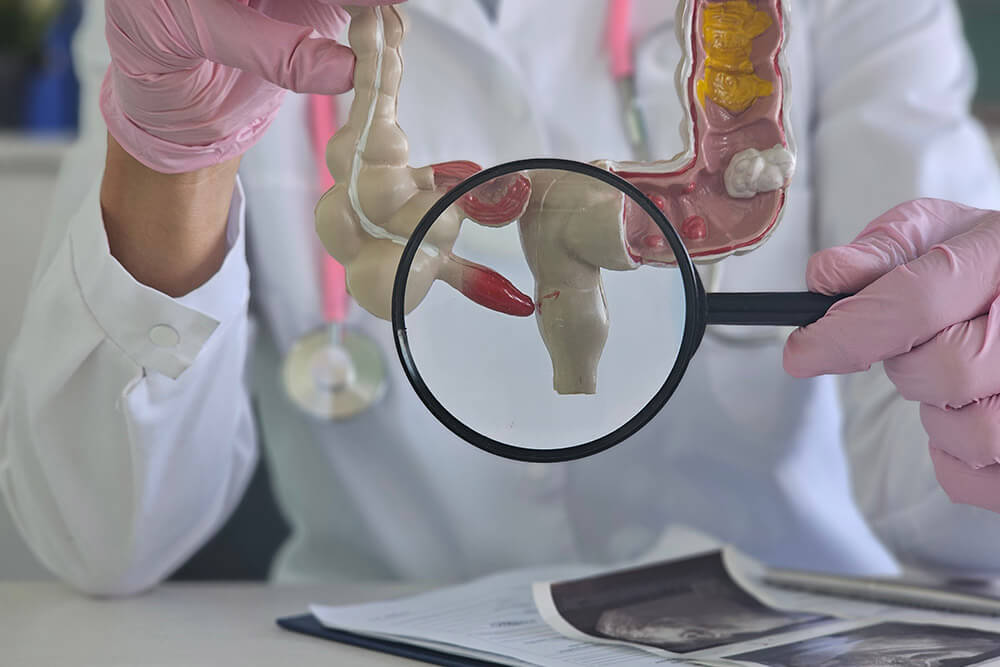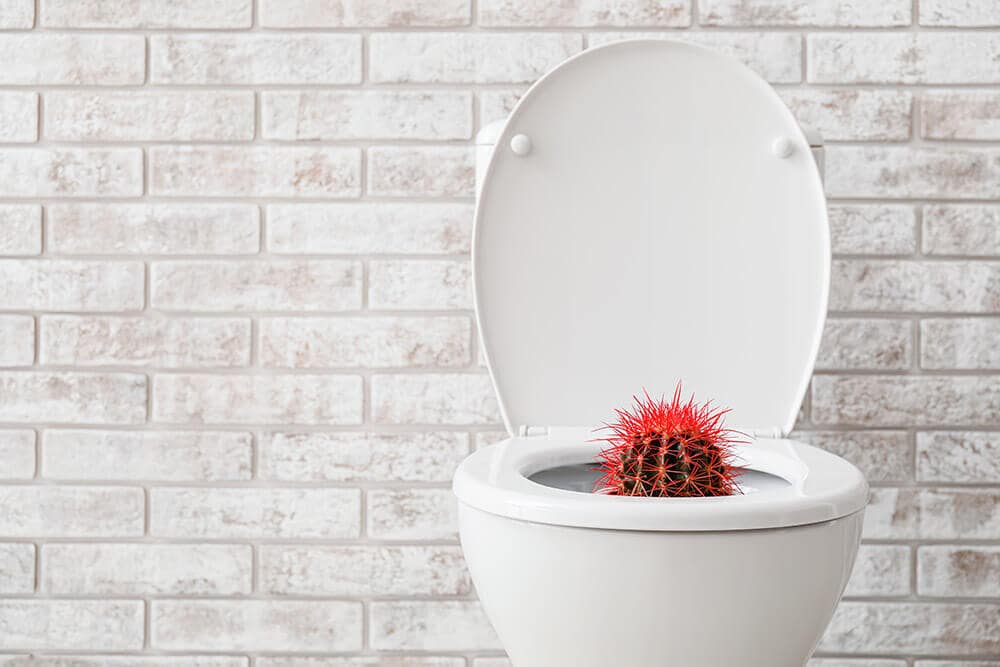Expert Treatment for Ileal Stricture by Dr. Bharat Pothuri
Dr. Pothuri uses a step-by-step approach:
Medical History and Physical Exam
He reviews your abdominal pain (including epigastric discomfort), meal-related cramps, weight changes, prior surgeries, Crohn's history, NSAID use and other risk factors.
Blood Tests
We check complete blood count (for anemia), C-reactive protein and ESR (for inflammation), electrolytes and nutritional markers.
Imaging Studies
- CT or MR enterography to pinpoint the stricture's location, length and nearby inflammation.
- Small-bowel follow-through (barium study) to visualize narrowing and transit delay.
- Abdominal ultrasound-sometimes with Doppler-to assess wall thickening and blood flow.
Endoscopic Evaluation
Colonoscopy with ileoscopy or capsule endoscopy allows direct visualization of the ileum, confirms the stricture and evaluates mucosal health.
Biopsy or Histology (if needed)
Targeted biopsy rules out active inflammation versus dense scar tissue and guides therapy choices.
Frequently Asked Questions
What is the ICD-10 code for an ileal stricture?
The ICD-10 code for an intestinal blockage due to stricture is K56.5.
Can Crohn's disease cause strictures?
Yes. Chronic inflammation from Crohn's often leads to thickened bowel walls and scar tissue, resulting in strictures.
How long does it take to recover from balloon dilation?
Most patients feel relief within 1 to 2 days after the procedure, with gradual improvement in symptoms.
Can you avoid surgery for an ileal stricture?
Yes. Many strictures respond well to a combination of medications, dietary adjustments, and balloon dilation.
When is surgery necessary?
Surgery is considered if blockages recur frequently or if symptoms do not improve with non-surgical treatments.
How should I prepare for diagnostic testing?
Follow all fasting instructions provided by our team and bring a complete list of your current medications.
Will changing my diet fix an ileal stricture?
A soft, low-fiber diet can ease symptoms, but it typically cannot reverse the narrowing itself. Comprehensive treatment is usually needed.












